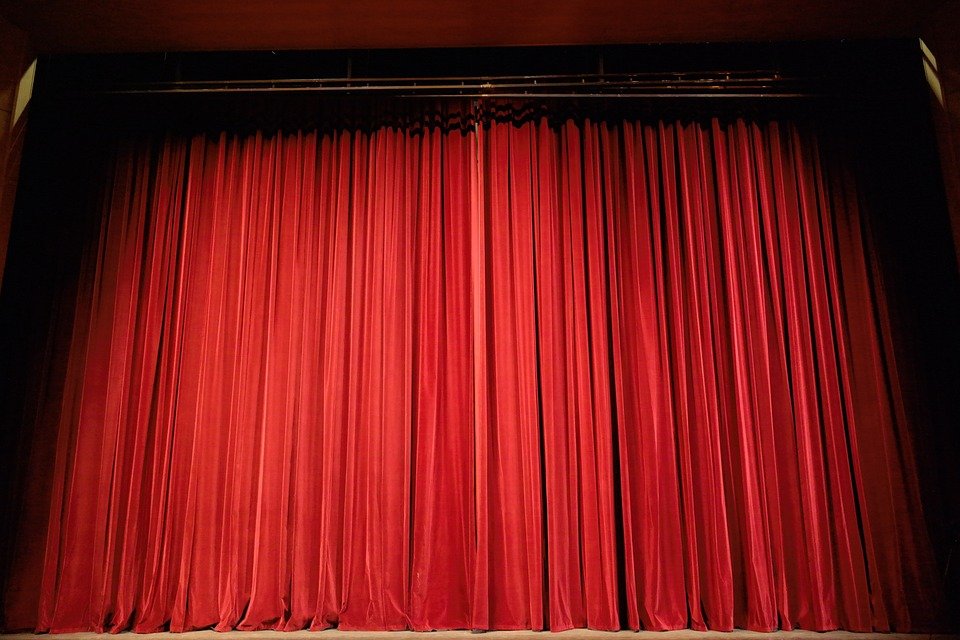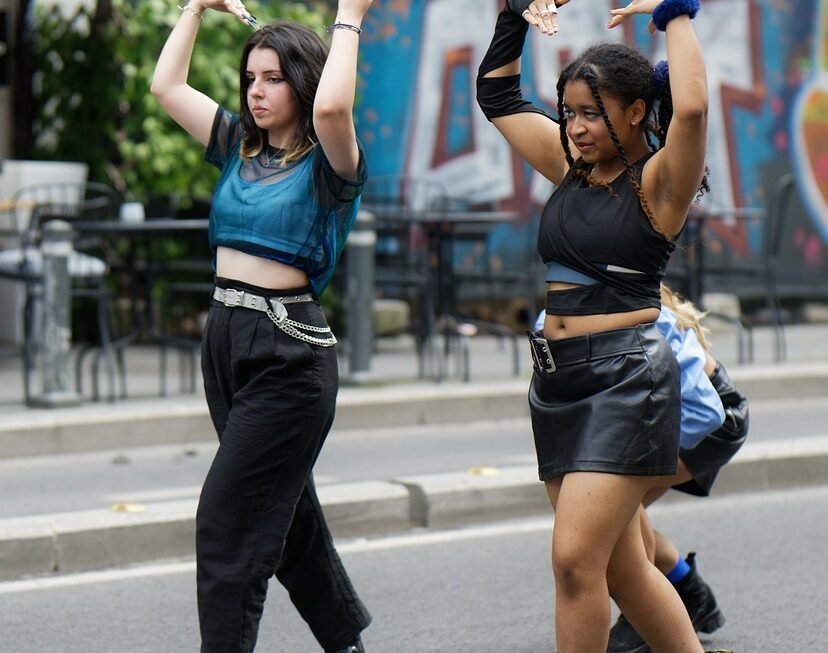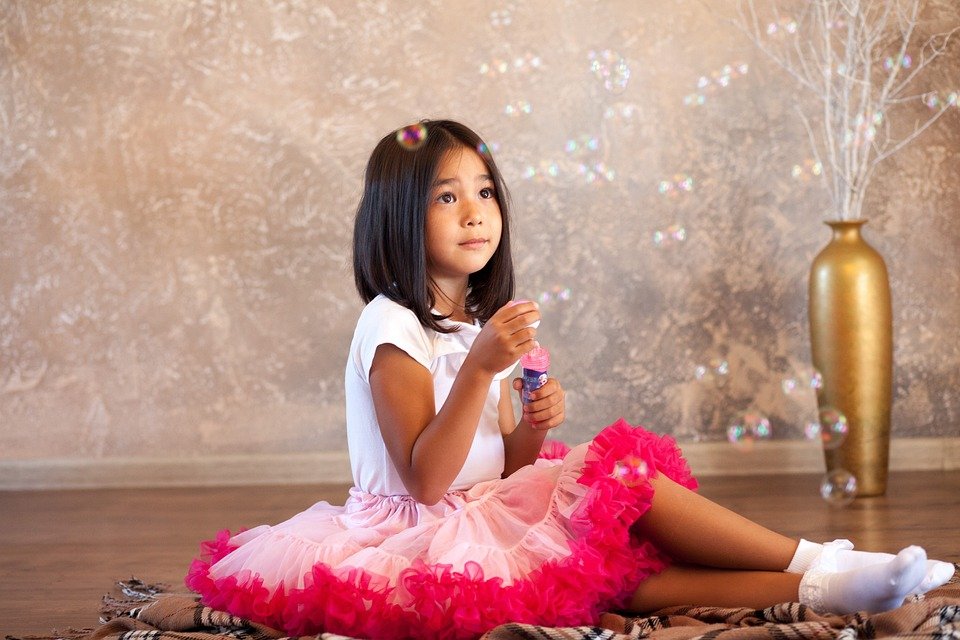In recent years, there has been a noticeable shift towards more diverse and inclusive representation in pop culture. From films and television shows to music and literature, creators are increasingly making efforts to showcase a wider range of experiences and perspectives. This rise of diversity and inclusion in pop culture representation is not only a reflection of changing societal norms, but also a recognition of the importance of amplifying marginalized voices.
One of the most notable examples of this trend is the increased visibility of people of color in mainstream media. In the past, Hollywood has been notoriously homogeneous, with white actors dominating leading roles. However, in recent years, there has been a surge of films and TV shows featuring diverse casts and storylines that center around people of color. Blockbusters like “Black Panther” and “Crazy Rich Asians” have not only shattered box office records, but have also proven that audiences are hungry for stories that reflect a more accurate depiction of the world we live in.
Similarly, the LGBTQ+ community has also seen a significant rise in representation in pop culture. Shows like “Pose” and “Queer Eye” have been celebrated for showcasing the diversity of the LGBTQ+ experience, from drag culture to transgender rights. These shows have not only resonated with queer audiences, but have also helped to educate and humanize LGBTQ+ individuals for a wider, mainstream audience.
In addition to race and sexuality, gender representation has also become a focal point in pop culture. Women are increasingly being given the opportunity to helm big-budget films and TV shows, challenging long-held stereotypes and proving that they can be just as successful as their male counterparts. Characters like Wonder Woman and Captain Marvel have become symbols of female empowerment and have inspired a new generation of young girls to pursue their dreams, both on and off screen.
Moreover, people with disabilities are also starting to gain more visibility in pop culture. Shows like “Speechless” and “Special” have been lauded for their authentic and nuanced portrayals of individuals with disabilities, breaking down barriers and challenging perceptions about what it means to live with a disability.
Overall, the rise of diversity and inclusion in pop culture representation is a crucial step towards creating a more equitable and just society. By amplifying the voices of marginalized communities, pop culture has the power to challenge stereotypes, promote empathy, and inspire change. As creators continue to push boundaries and tell more inclusive stories, we can hope to see a more diverse and representative media landscape that reflects the rich tapestry of human experiences.




